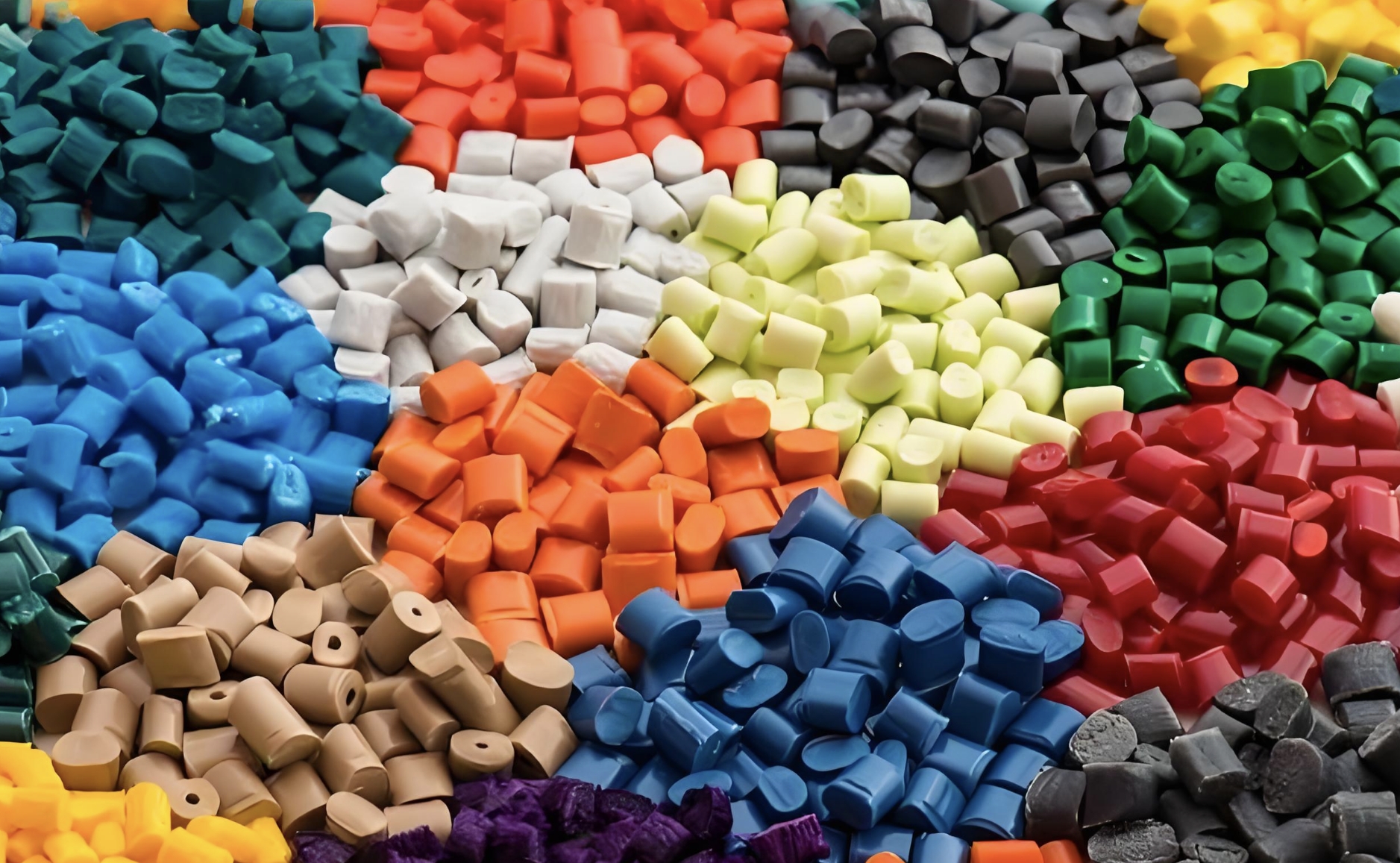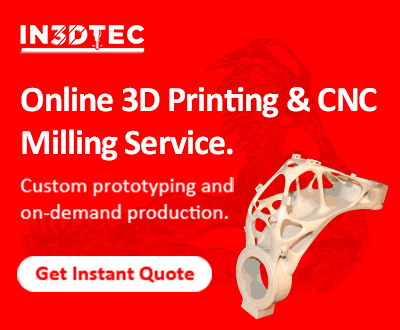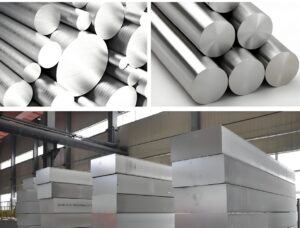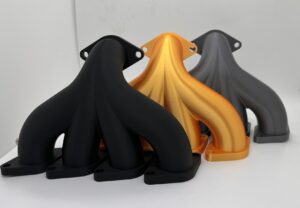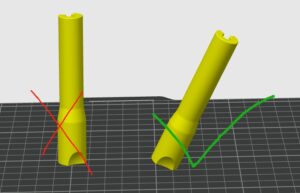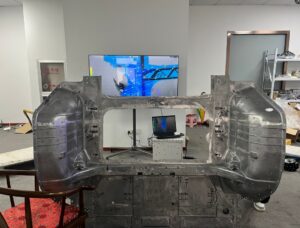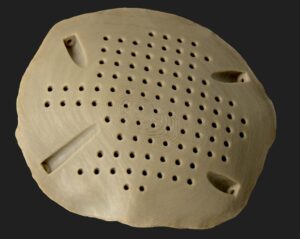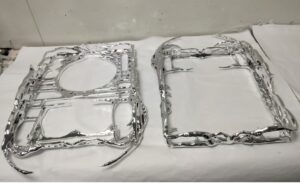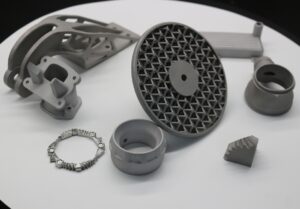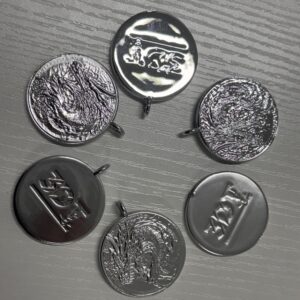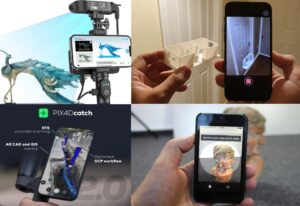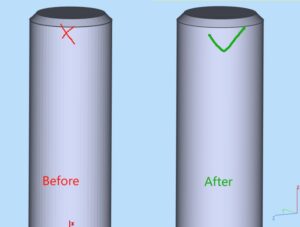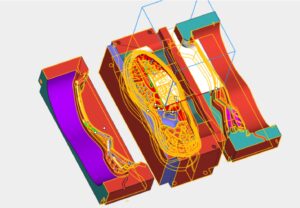Thermoset vs Thermoplastic: Definition, Processes, and Key Differences
In the world of plastics, thermosets and thermoplastics are the two fundamental categories of polymers used in everything from automotive parts to consumer electronics. Understanding the differences between them is essential for choosing the right material for your project—whether it’s for injection molding, CNC Machining, 3D printing, prototyping, or high-performance applications.
What Are Thermoplastics?
Thermoplastics are polymers that become soft when heated and hard when cooled. This heating and cooling process can be repeated many times, making thermoplastics highly versatile and recyclable.
Key Characteristics:
Can be melted and reshaped repeatedly
Generally easier to mold and process
Good impact resistance and flexibility
Used in a wide variety of industries and applications
Common Thermoplastics:
ABS – widely used in automotive and consumer products
Nylon (PA) – strong and wear-resistant, ideal for mechanical parts
Polycarbonate (PC) – known for its transparency and toughness
PE, PP, PET – popular in packaging and piping
3D Printing Available Thermoplastics: ABS, ASA, PP, NYLON, PC, PE, PETG, PC/ABS, PEI, PEEK
What Are Thermosets?
Thermosets are polymers that cure into a permanent, rigid shape during the molding process. Once set, they cannot be re-melted or reshaped. This makes them highly resistant to heat, chemicals, and mechanical stress.
Key Characteristics:
Irreversibly hardened after curing
Excellent thermal and chemical resistance
Typically more rigid and dimensionally stable
Ideal for high-performance or high-temperature applications
Common Thermosets:
Epoxy Resin – used in aerospace, electronics, and adhesives
Phenolic Resin – ideal for electrical insulation and heat resistance
Polyurethane (PU) – versatile, used in foams, coatings, and adhesives
Melamine – used for hard surfaces like kitchenware and laminates
Processing Methods: Thermoset vs Thermoplastic
Process | Thermoplastic | Thermoset |
Molding Techniques | Injection molding, extrusion, blow molding | Compression molding, casting, transfer molding |
Recyclability | Yes (re-meltable) | No (chemically cross-linked) |
Curing | Physical phase change | Chemical reaction (irreversible) |
Tooling & Setup Cost | Typically lower | Often higher due to longer cycle times |
Post-Processing | Easier to weld and machine | Limited reshaping options |
Thermoset vs Thermoplastic: Key Differences
Property | Thermoplastic | Thermoset |
Curing Process | Reversible heating and cooling | Irreversible chemical curing |
Heat Resistance | Moderate | High |
Recyclability | Yes | No |
Flexibility | Generally more flexible | More rigid and brittle |
Common Applications | Consumer goods, packaging, prototypes | Electronics, automotive, aerospace |
Cost Efficiency | Good for high-volume production | Better for high-performance needs |
Which One Should You Choose?
When selecting a plastic material, consider the performance requirements, production method, and budget.
Choose thermoplastics if:
You need flexibility and ease of processing
Recyclability and short production cycles are important
Your application doesn’t involve prolonged high heat
Choose thermosets if:
The component will be exposed to heat, chemicals, or mechanical stress
Dimensional stability and structural integrity are crucial
You need a material that maintains shape under extreme conditions
Final Thoughts
The choice between thermoset and thermoplastic materials comes down to how the part will be used, the processing capabilities available, and the end-use environment. While thermoplastics offer versatility and recyclability, thermosets deliver unmatched thermal stability and structural performance.
At IN3DTEC, we support a wide range of plastic manufacturing solutions including injection molding, vacuum casting, and 3D printing. Our team can help you identify the best material for your specific application and guide you through the entire production process.
Contact us today to discuss your project or request a free quote.

